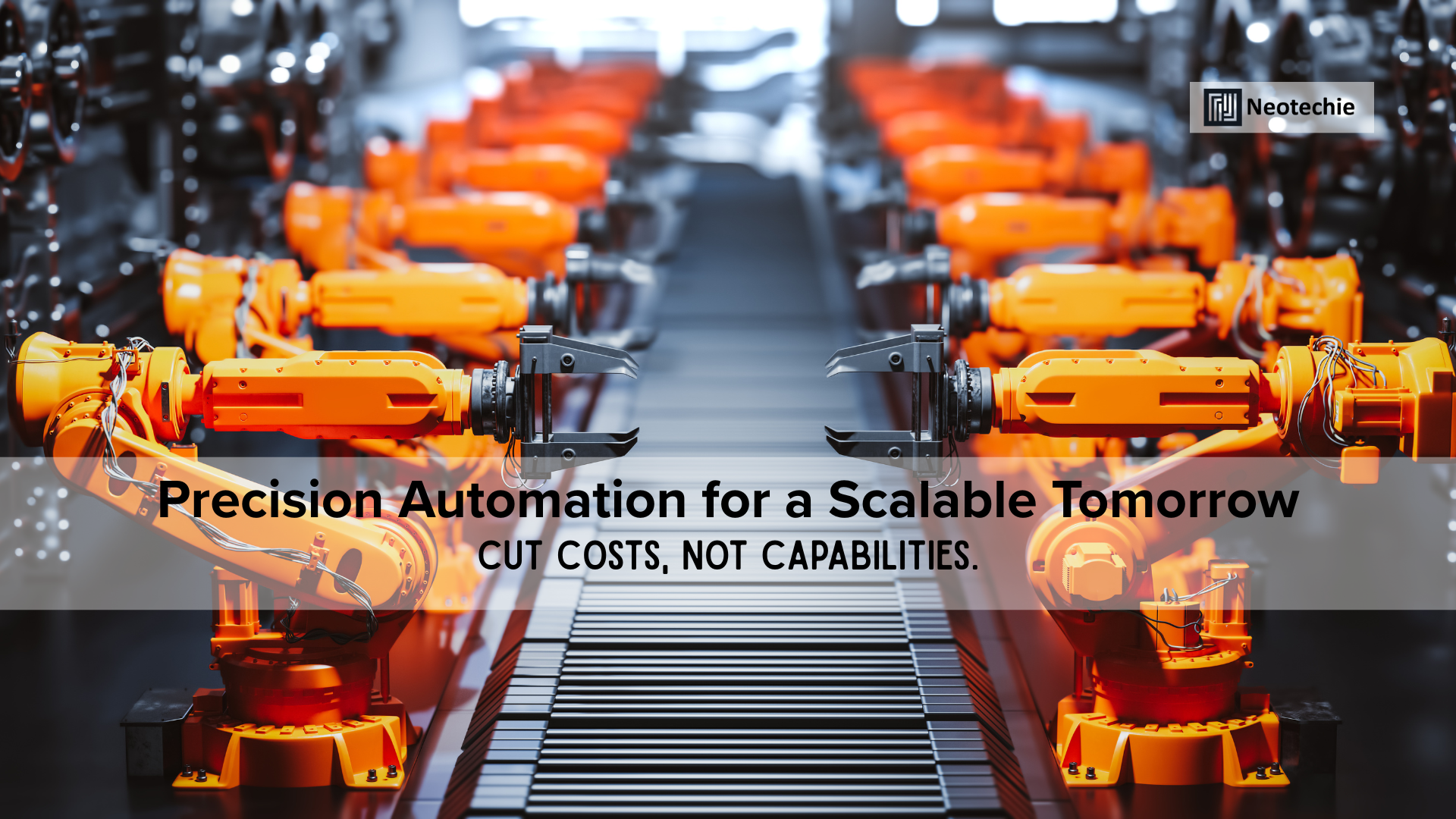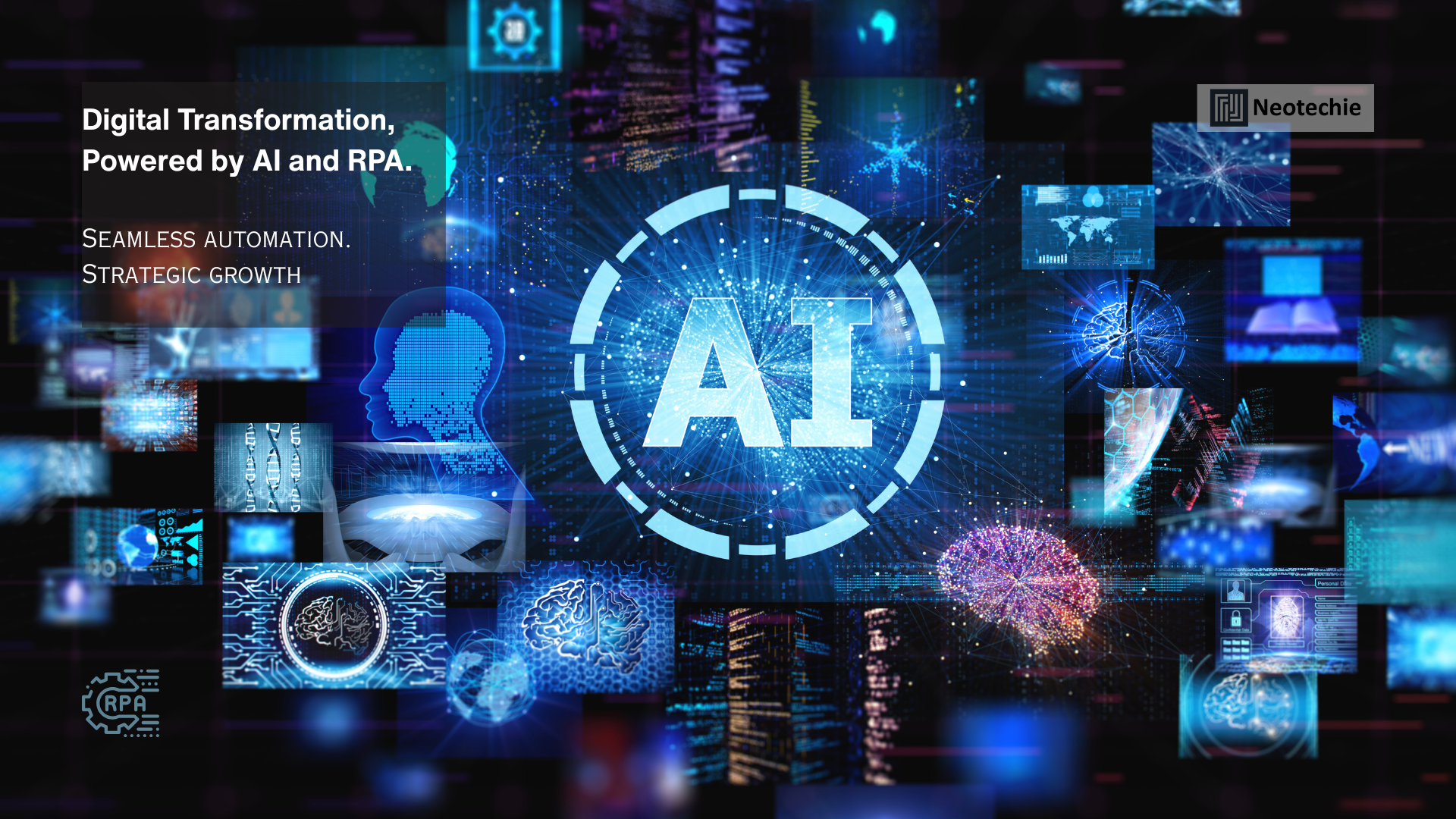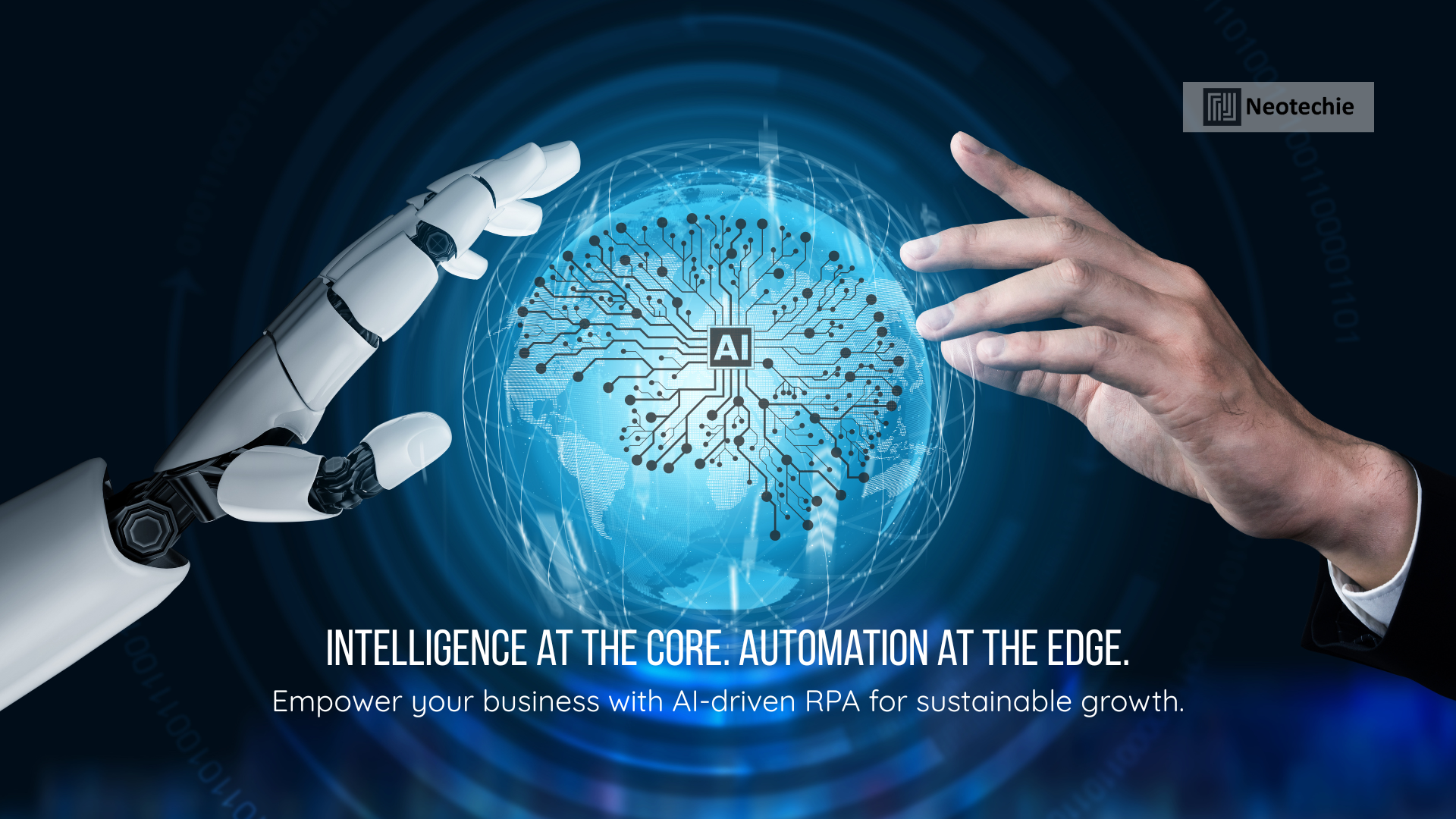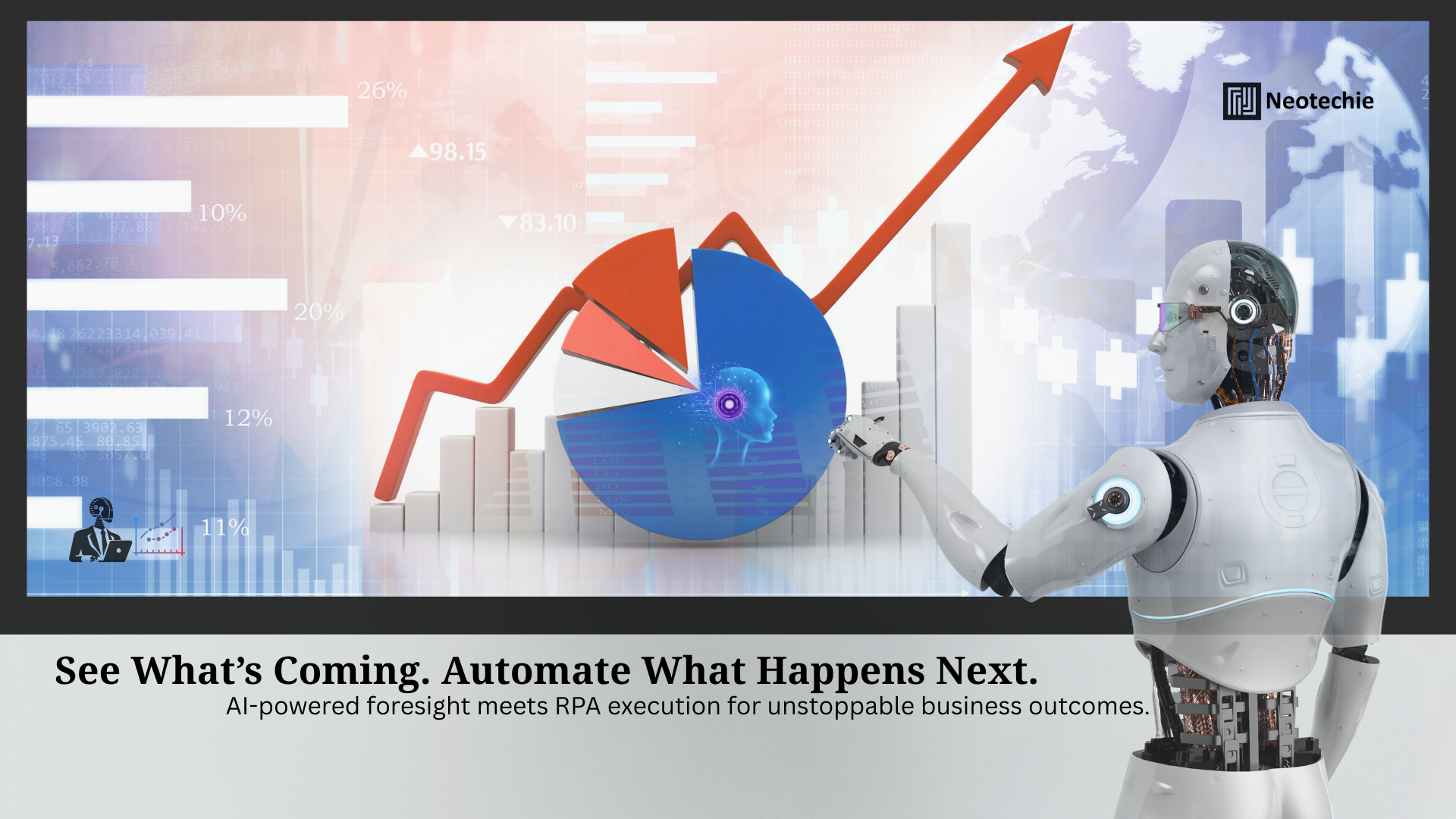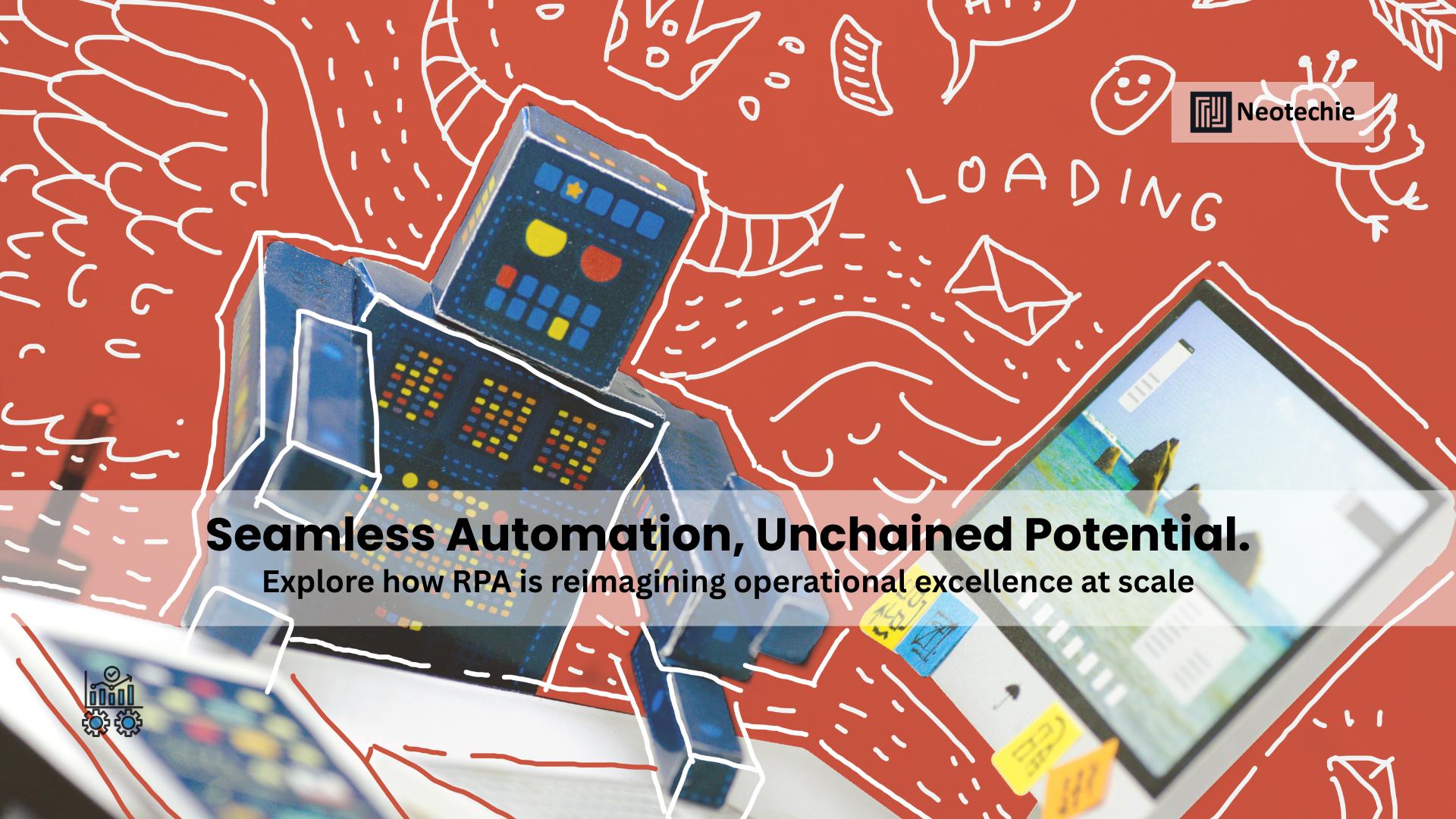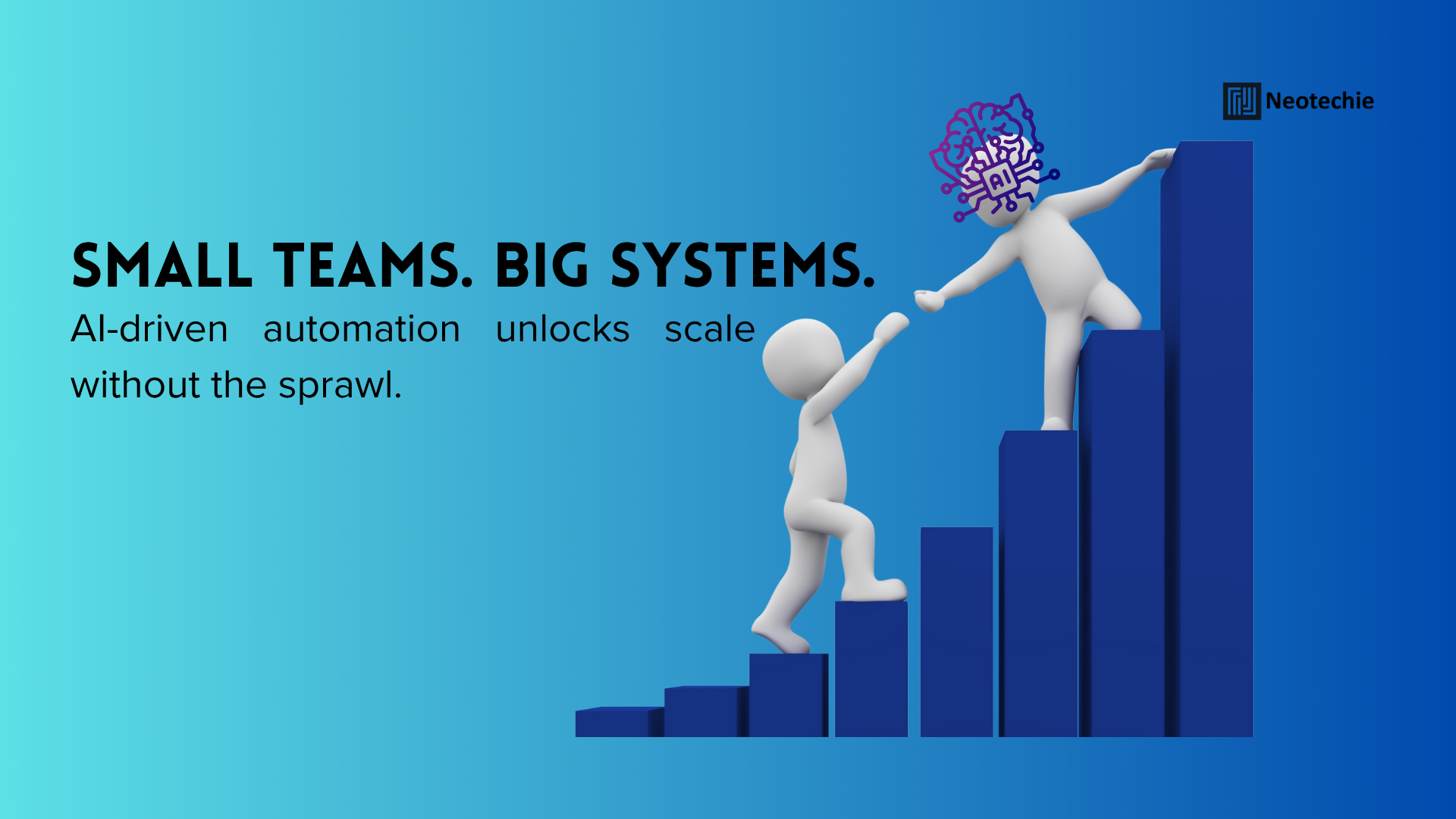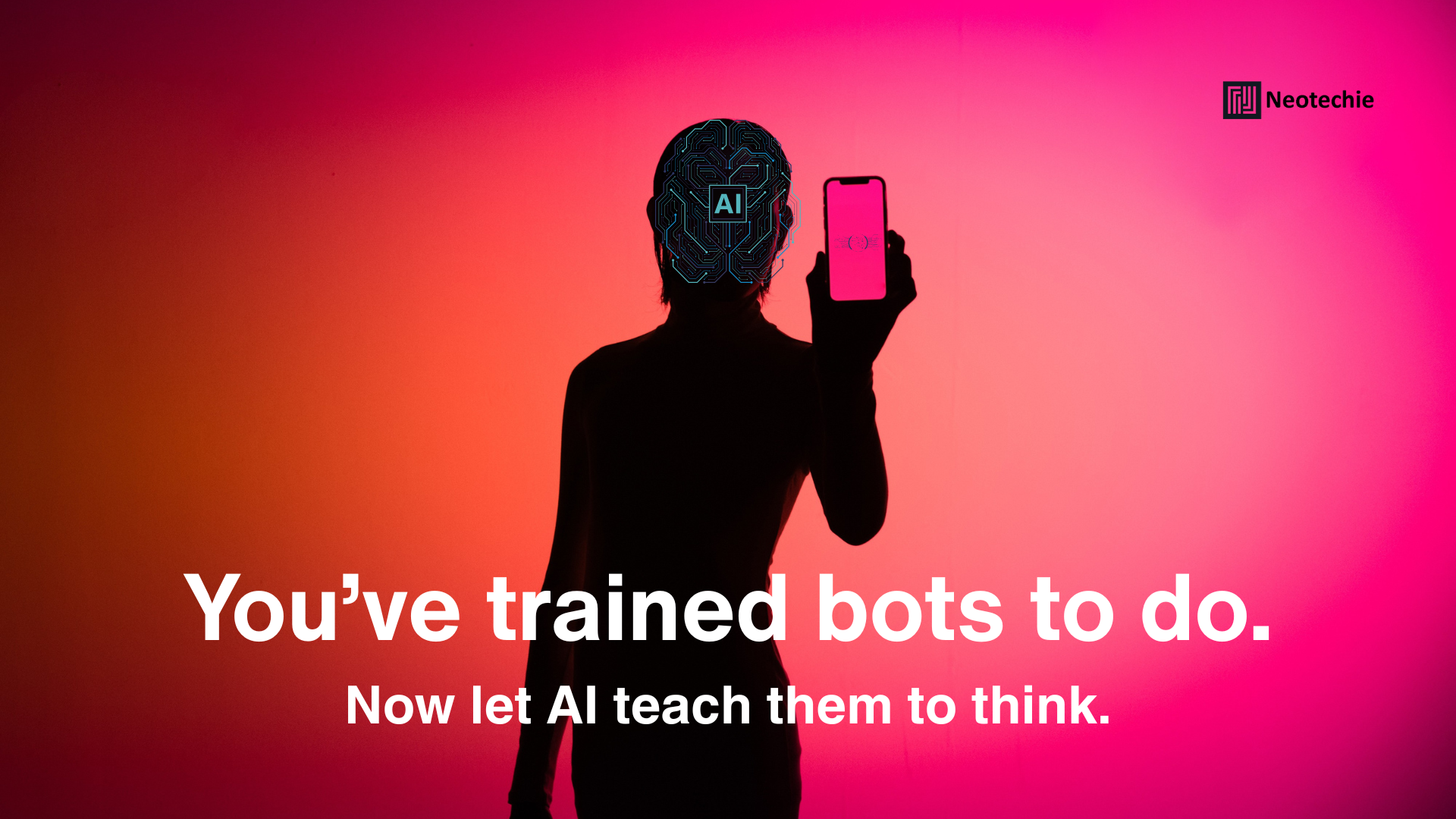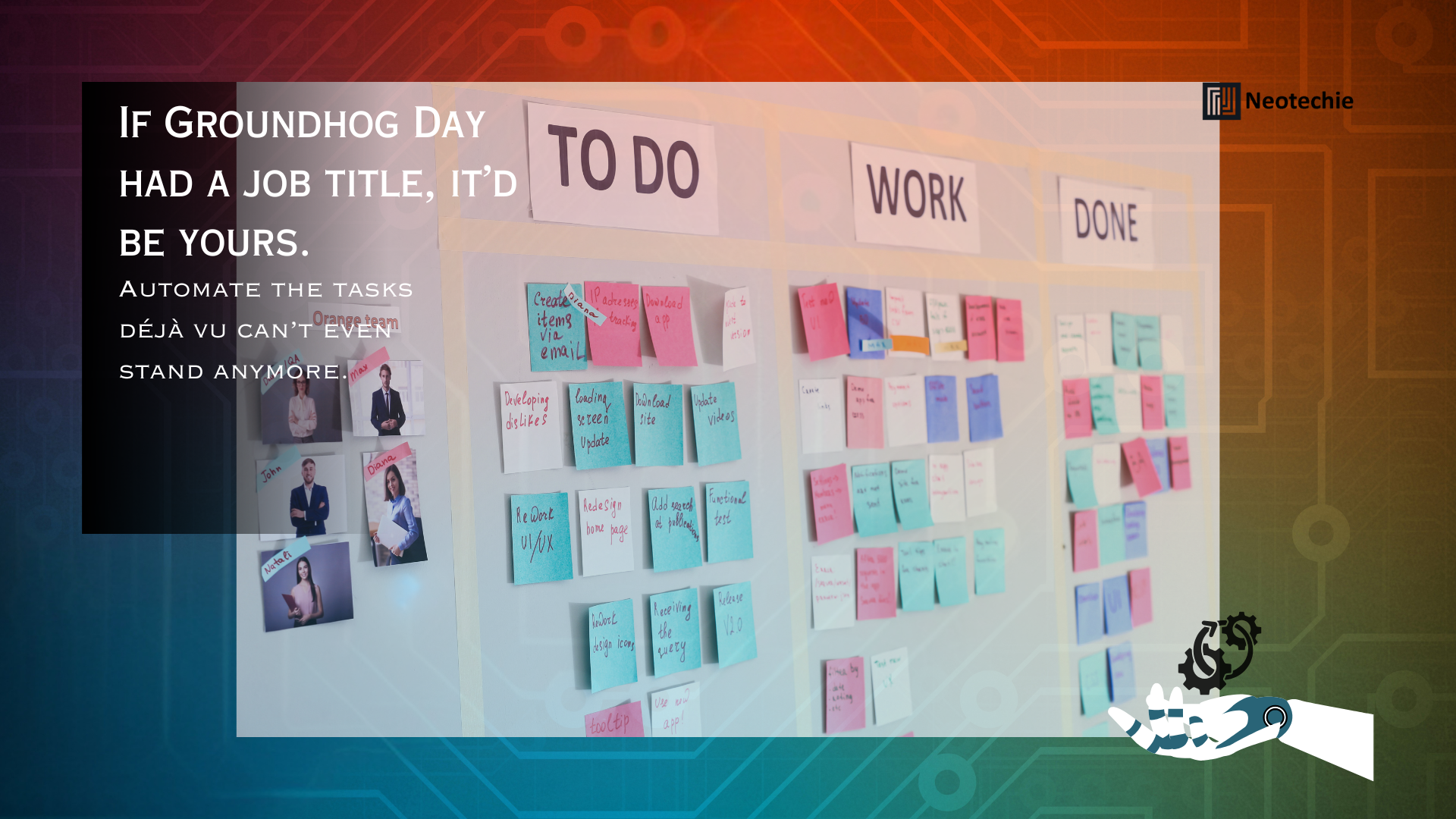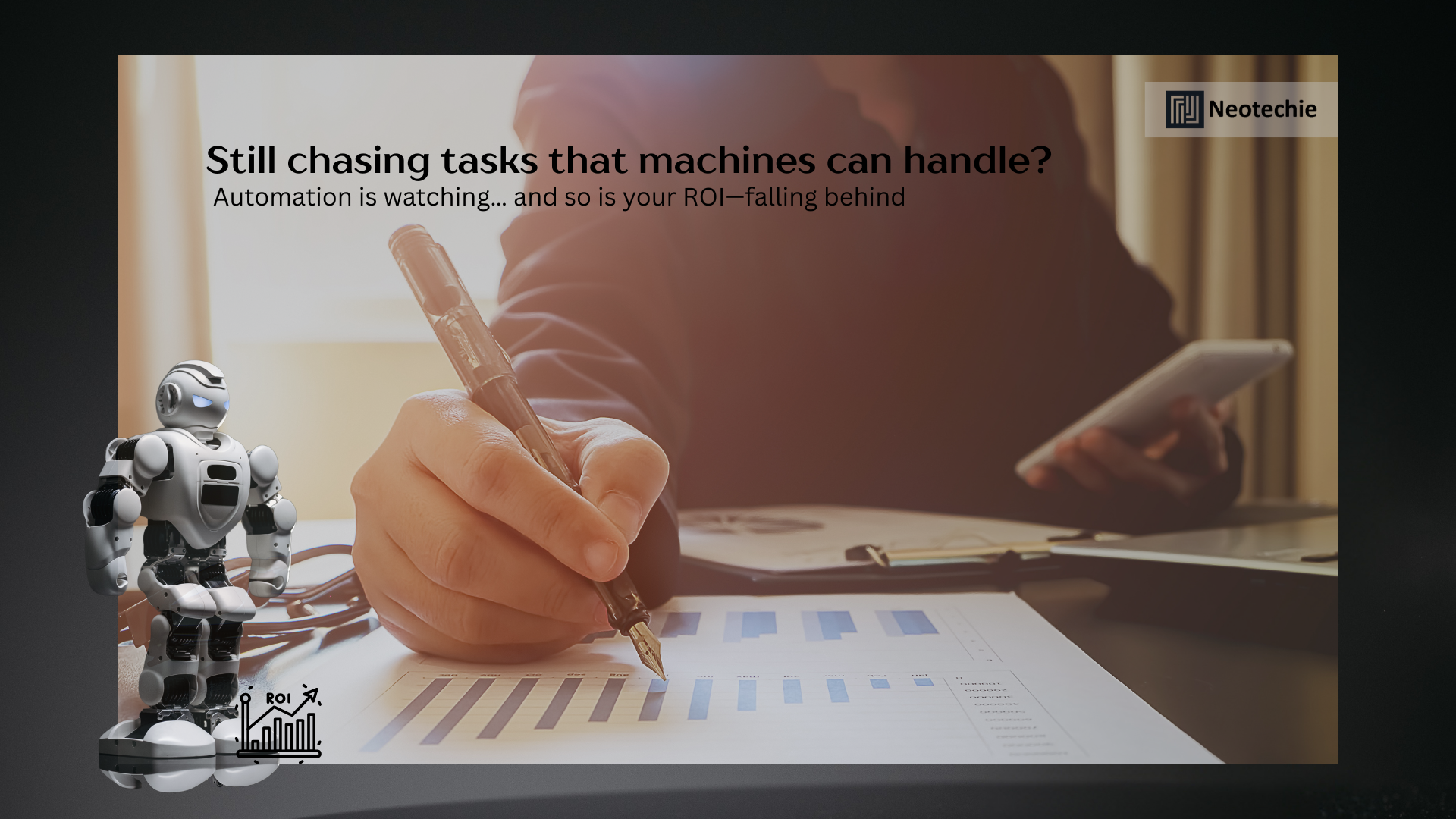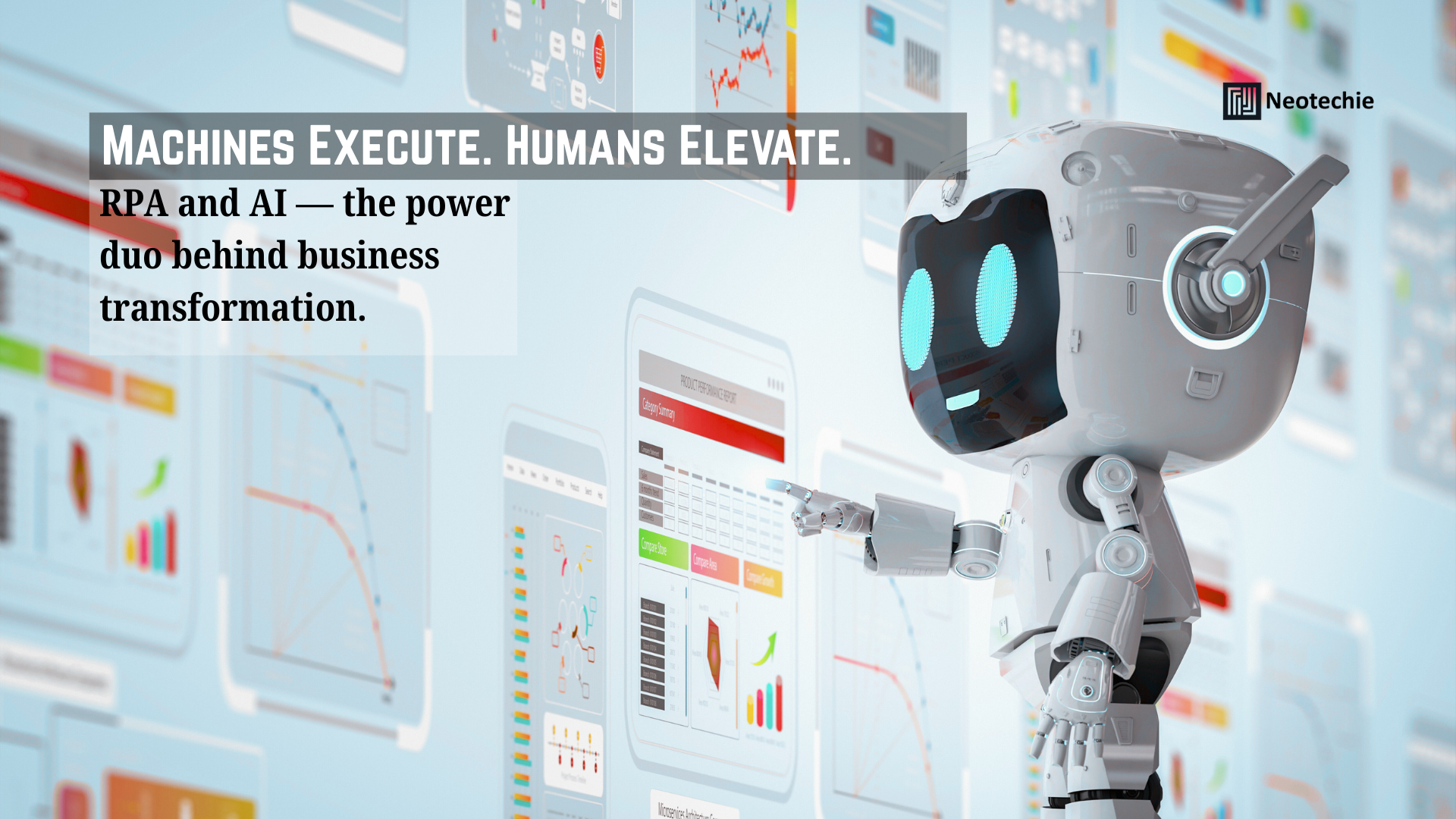Automation is no longer a luxury—it’s a performance driver. Precision automation, powered by Robotic Process Automation (RPA) and Artificial Intelligence (AI), is enabling businesses to dramatically reduce operational costs while improving productivity, accuracy, and scalability. The focus isn’t just on automating tasks, but on transforming how work gets done.
Unlocking Efficiency with Intelligent Process Automation
Precision automation targets the high-volume, repetitive processes that slow businesses down and drain resources. Instead of spending hours on manual data entry, report generation, or invoice processing, organizations can deploy intelligent automation solutions that deliver results in minutes with near-perfect accuracy.
Robotic Process Automation replicates rule-based human actions—fast, reliably, and around the clock. When combined with AI capabilities like natural language processing (NLP), optical character recognition (OCR), and machine learning, RPA evolves into Intelligent Automation. This blend not only reduces cost per task but significantly enhances decision-making, agility, and output quality.
Use cases across industries include:
- Automating financial close processes and bank reconciliations
- Accelerating claims processing and patient onboarding in healthcare
- Streamlining order fulfillment and inventory updates in retail
- Enhancing compliance and audit readiness across sectors
These are not hypothetical scenarios—they are active workflows reshaped by automation technologies already in use.
Operational Cost Reduction: The Business Imperative
Manual processes are prone to delays, errors, and high overhead. Precision automation removes those inefficiencies, allowing organizations to:
- Reduce labor costs by assigning repetitive work to bots
- Eliminate rework caused by manual errors
- Minimize downtime with 24/7 execution
- Lower compliance risks with standardized workflows
Whether it’s automating document processing or generating reports across ERP and CRM systems, the ROI is clear: businesses see up to 70% cost savings and significantly faster process cycle times.
Productivity Gains with Scalable Automation
Streamlined automation increases throughput without increasing workforce size. Intelligent bots can be deployed in parallel across departments, scaling as your business grows.
For example:
- In logistics, bots track shipments, flag delays, and update customers in real time.
- In HR, onboarding workflows are automated end-to-end, from document collection to system provisioning.
- In finance, accounts payable and receivable are streamlined with AI-assisted validation.
The result is not just more work done—it’s more valuable work getting done faster.
Automation That Enhances Human Work
The myth that automation eliminates jobs is outdated. Today’s precision automation frees up human capital for high-value, strategic work—like data analysis, customer relationship building, and product innovation.
By removing repetitive burdens, employees can:
- Focus on creative problem-solving
- Improve service quality and customer experience
- Contribute to business strategy and innovation initiatives
Organizations that prioritize workforce reskilling and human-AI collaboration are the ones gaining a long-term competitive edge.
Data-Driven Automation for Smarter Decision-Making
AI-enabled automation doesn’t just execute—it learns and adapts. By analyzing trends and recognizing patterns in large datasets, intelligent automation tools can:
- Predict outcomes (e.g., late payments, customer churn)
- Offer real-time insights into operational performance
- Enable proactive decision-making through smart alerts and dashboards
Automation is evolving from process execution to predictive intelligence—a powerful shift that fuels agility, risk management, and strategic foresight.
Avoiding Pitfalls in Automation Implementation
While the benefits are clear, successful automation demands more than just tools. Businesses must address:
- System integration challenges with legacy platforms
- Process fragmentation that leads to inefficiencies
- Governance and change management across departments
- Skill gaps in RPA and AI implementation
Precision automation starts with precise planning. Identifying automation-ready processes, defining success metrics, and involving the right stakeholders early are critical to achieving meaningful results.
The Road to Sustainable Transformation
The future of automation is not about replacing people with machines—it’s about building systems that empower both. Precision automation allows businesses to do more with less while maintaining control, visibility, and flexibility.
It shifts the enterprise mindset from:
“How do we reduce cost?”
To:
“How do we increase value at scale?”
This transition is what defines real digital transformation.
Why Partnering with Experts Matters
To get automation right, companies need more than software—they need a strategic automation partner. That’s where Neotechie comes in.
Neotechie: Enabling Smart, Scalable Automation
Neotechie specializes in delivering business-ready solutions that combine the power of RPA and AI to streamline operations and reduce costs. With deep expertise in intelligent automation, Neotechie guides organizations through every stage:
- Process discovery: Identify workflows that deliver the highest ROI
- Custom bot development: Design RPA bots aligned with your specific tools and goals
- AI augmentation: Add intelligence to handle variability, context, and decision-making
- Governance and scaling: Ensure automation is secure, auditable, and future-ready
Whether it’s automating compliance workflows in financial services or transforming patient intake systems in healthcare, Neotechie ensures your automation strategy is not just deployed—but optimized.
The result?
- Lower costs
- Greater operational efficiency
- Higher workforce satisfaction
- Measurable business transformation
Neotechie doesn’t just implement automation. It redefines how your business runs.

